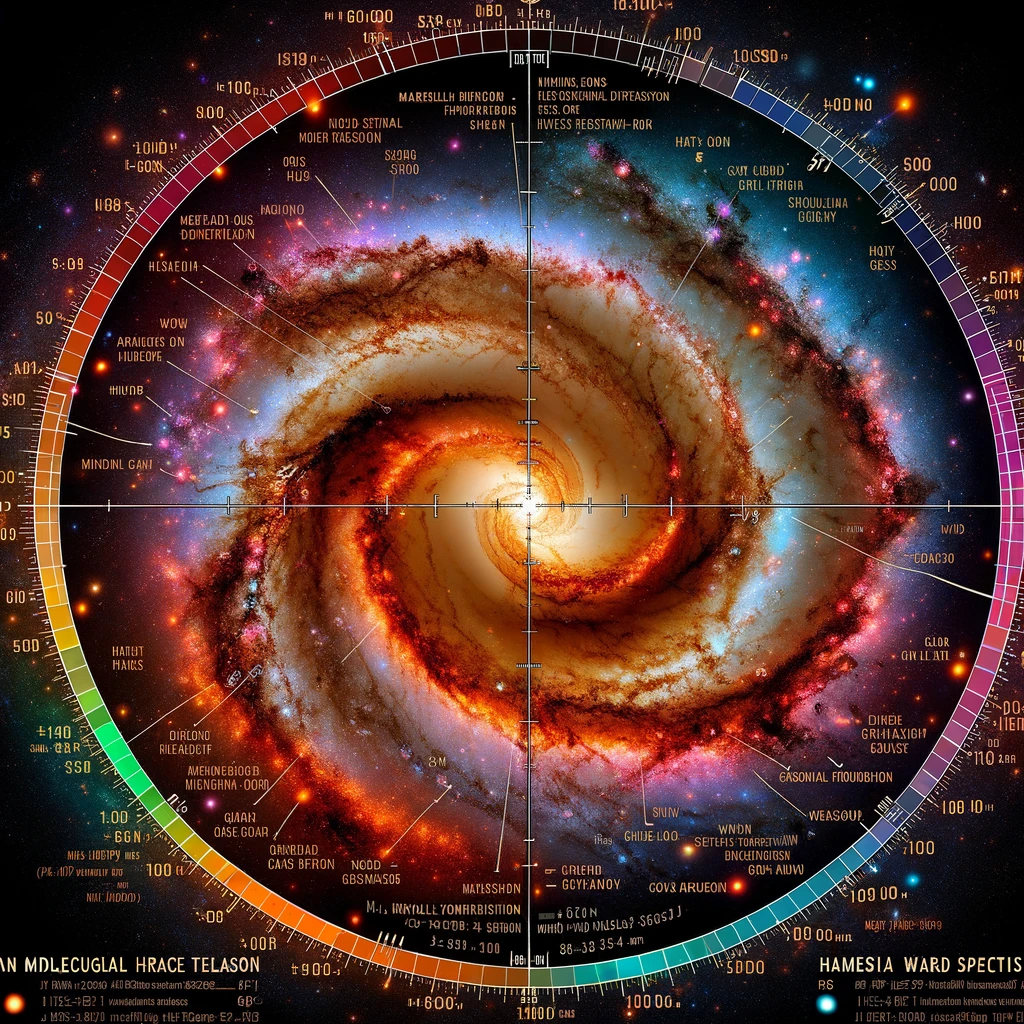Dissecting the Mid-infrared Heart of M83 with JWST - SSW
ABSTRACTS OF ORAL PRESENTATIONS
- Removed a total of (1) style text-align:center;
DISSECTING THE MID-INFRARED HEART OF M83 WITH JWST - SVEA HERNANDEZMolecular gas is a critical ingredient in the recipe of star formation (SF) in galaxies. To fully understand the processes that govern SF, it is essential to accurately measure and characterize the distribution of H2 in star-forming environments. Since H2 is a weak rotational emitter, the molecular gas content in galaxies is typically inferred using indirect tracers such as the CO (1-0) transition. However, CO provides a partial census of the total H2 mass, particularly in regions with large quantities of CO-dark gas. A recent HST/FUV spectroscopic study suggested that S+ might be tracing large amounts of CO-dark gas in the core of M83. We have begun exploiting the unprecedented capabilities of JWST in the MIR, using the MIRI/MRS, performing a spatially-resolved study of the warm H2 gas in the heart of this face-on spiral galaxy. Our initial results indicate that ~75% of the total molecular gas mass in the core of M83 is contained in the warm H2 component, hidden to the CO tracer. The combination of the FUV capabilities of HST with the MIR sensitivity of JWST have allowed us to confirm, for the first time, S+ as a tracer of CO-dark gas in this particular metal-rich and highly active environment. To understand the fueling SF history through time, it is imperative that we test and develop tools to accurately estimate molecular gas mass directly probing the H2 reservoirs. JWST, with its unrivaled resolution and sensitivity is allowing us to do exactly that. |

- Removed a total of (1) style text-align:center;
- Removed a total of (2) style text-align:justify;
- Removed a total of (1) style margin:0;
- Removed a total of (1) align=center.
- Removed a total of (1) border attribute.
- Removed a total of (1) cellpadding attribute.
- Removed a total of (1) cellspacing attribute.








































 Sign in
Sign in
 Science & Technology
Science & Technology